Construction 👷 Diary 008: Slab Formwork - Cantilever Construction In Building
1 comment
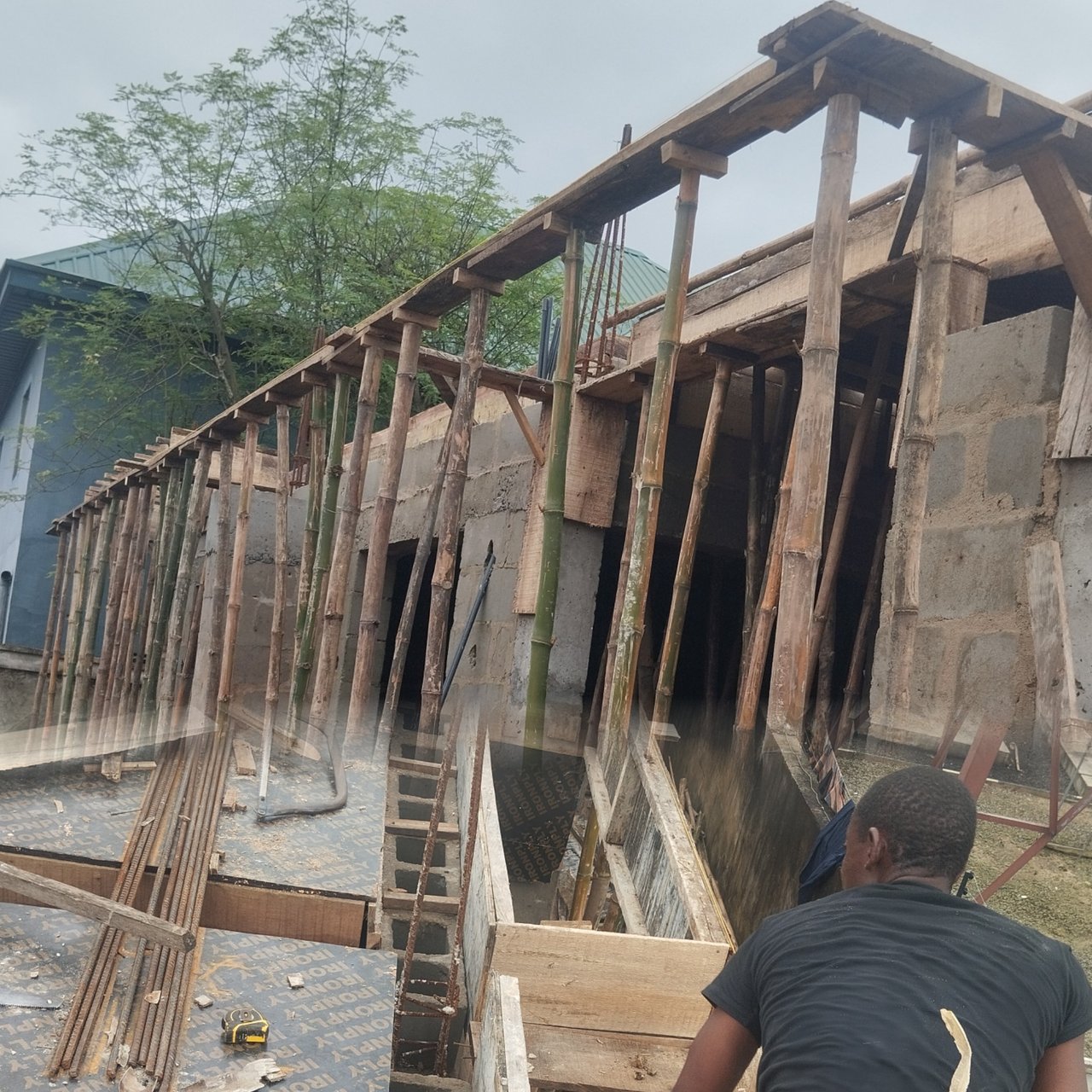
Hello everyone, welcome to my blog once again. In today's episode, i will be discussing about cantilever structures.
Definition of Cantilever

They are capable of carrying loads along its length without any additional support. When load is applied at its suspended end, the cantilever transmits the load (through tension in the upper fiber and compression in the lower fibers, depending on the orientation) to its fixed end where shear force and bending moment is applied.
"Upper fibers" refers to the material layers in the upper part of the beam.
Rebars are installed in the tension zone (which may be upper or lower).
Its worth noting that when a cantilever bends under load, one part of it stretches (due to tension) while the other part compresses. Rebars are carefully placed to handle the tension (That the concrete cannot.)
In cantilever, tension usually occurs in the upper part. Therefore the top has more reinforcement.
Examples of structures where cantilever are practiced.
Buildings
Bridges
Airport
Stadium
Parts of Building That Has Cantilever Includes The Followig:
Balcony extension
Carport
Overhanging upper floor
Terrace deck.

3 Structural Members of A Cantilever Structure
•Cantilever Beam: This is a horizontally reinforced structural member consisting of steel and concrete, that projects outward and is supported at only one end.
•Cantilever Slab: This is is a reinforced concrete slab that is fixed at one end and extends freely to the other end with no support, creating an overhang.
•Column Support: This is a vertically reinforced structural member that provides support or serve as a fixed end for both the beam and slab. It is designed to resist vertical (moment) forces, horizontal (shear) forces, and rotational (axial) forces.
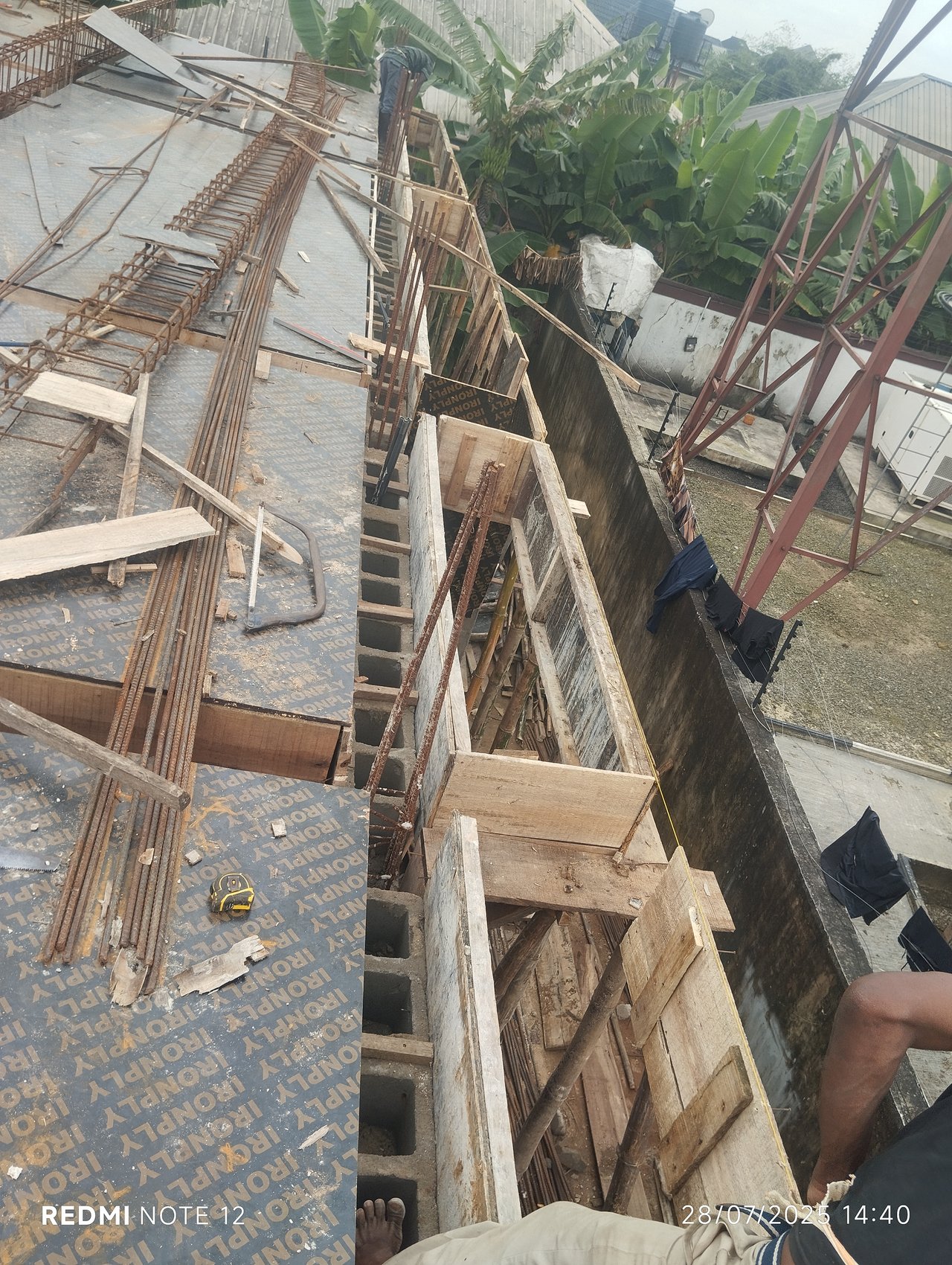
Types of Load Applicable In Cantilever Structures.
- Dead Load: This is simply the self weight of the structure. It is designed as a permanent load, this includes the weight of the fonitures and fittings on the building.
- Live Load: The is considered a temporary load. Examples are people, and moving objects.
- ** Wind Load:** This is important and mostly applied to high-rise buildings with outdoor cantilevers.
- Bending Moment: Usually occurs at the fix end or support of the cantilever beam and if not calculated well, will lead to deflation and failure of the structure.
- Sheer Force Distribution: This is mostly applicable to columns at the support or fixed end. The ability of the column to carry the load for which it was designed for, without buckling.

Instrument Used In Construction Of The Formwork
•Measuring Tape; used for taking measurements.
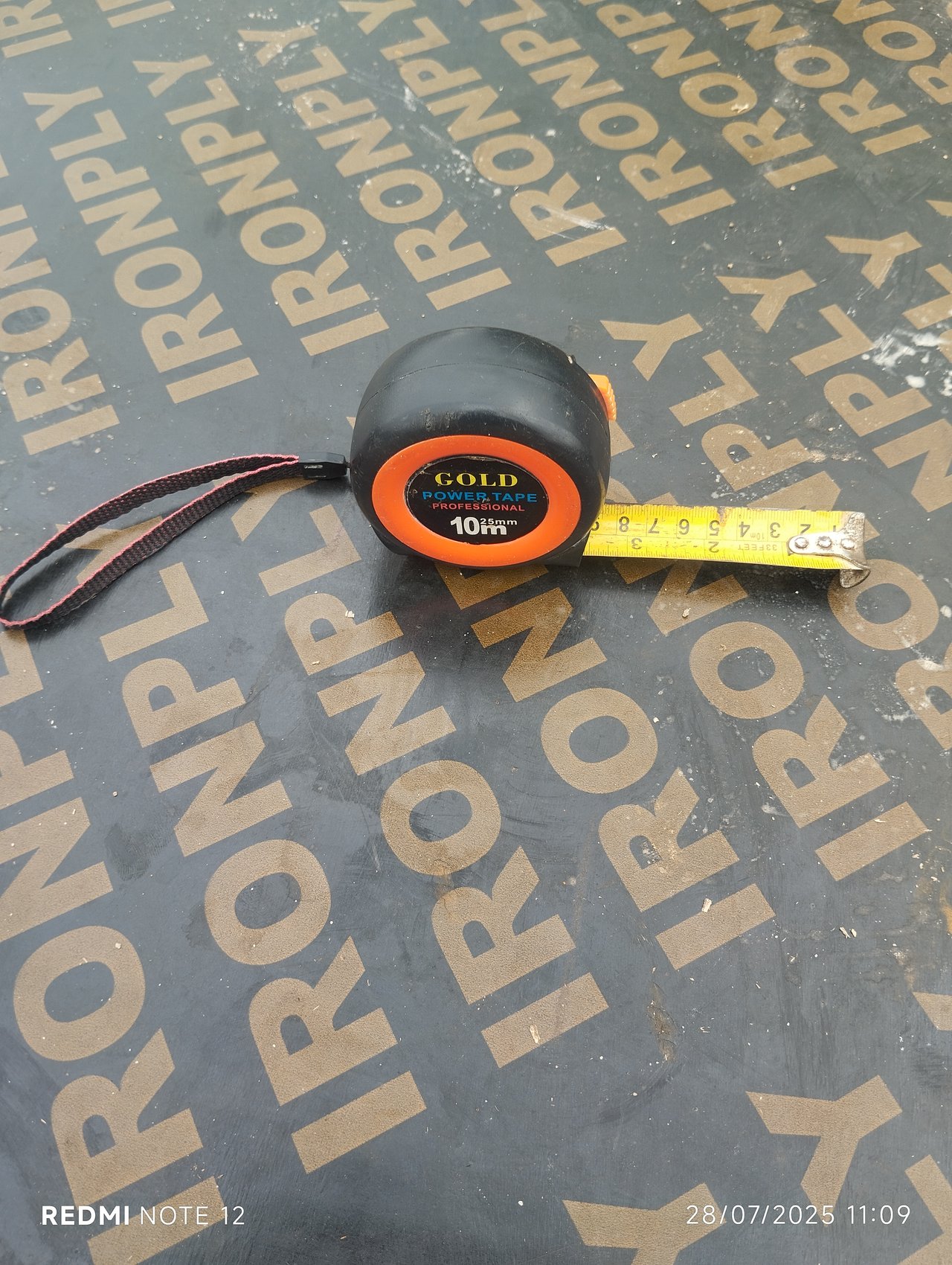
•Square; used for getting a straight line (angle 90°)

•Line; used for transferring straight line.
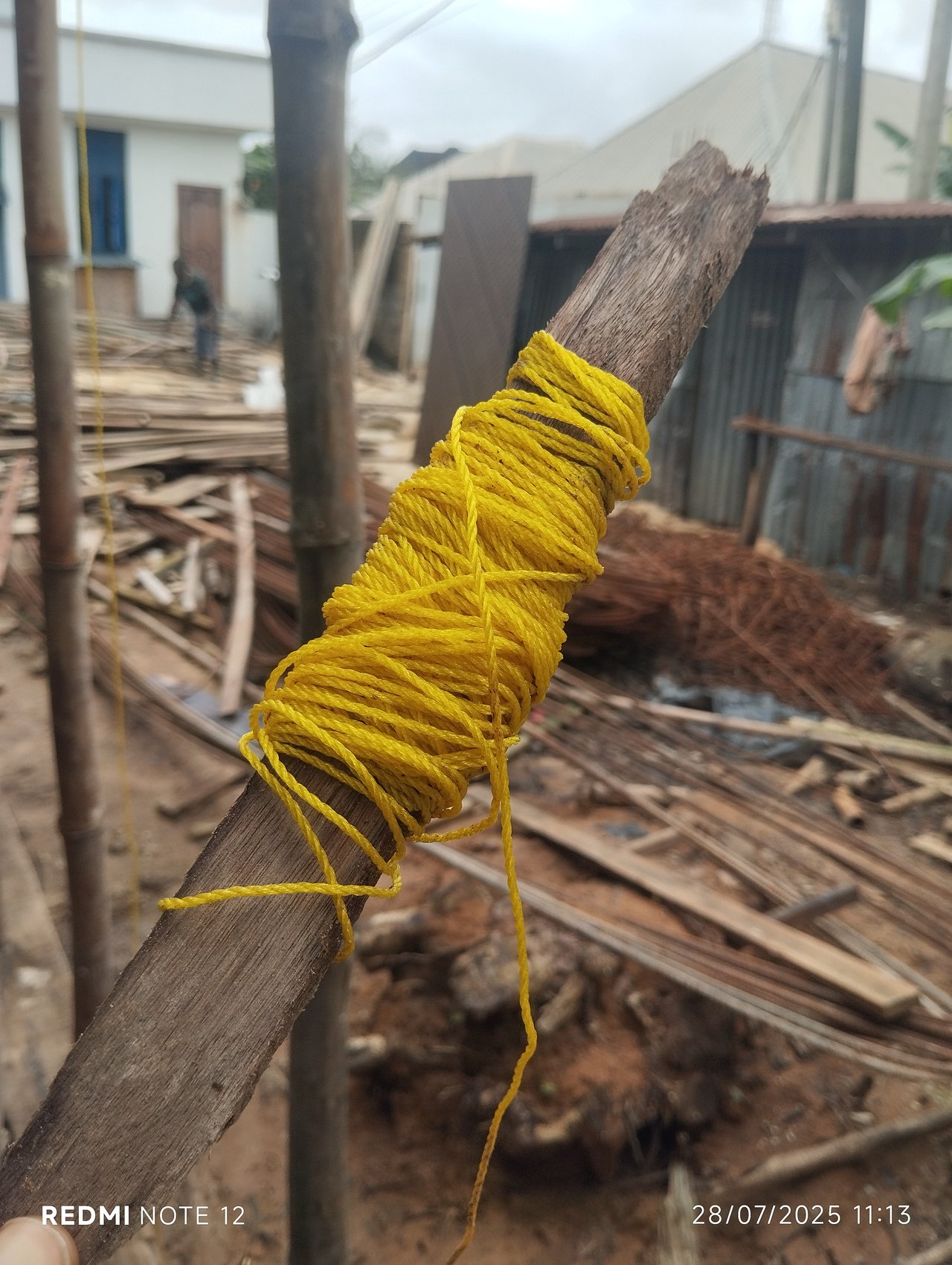
•Plum Spirit Leveler; used for determining horizontal and vertical levels.
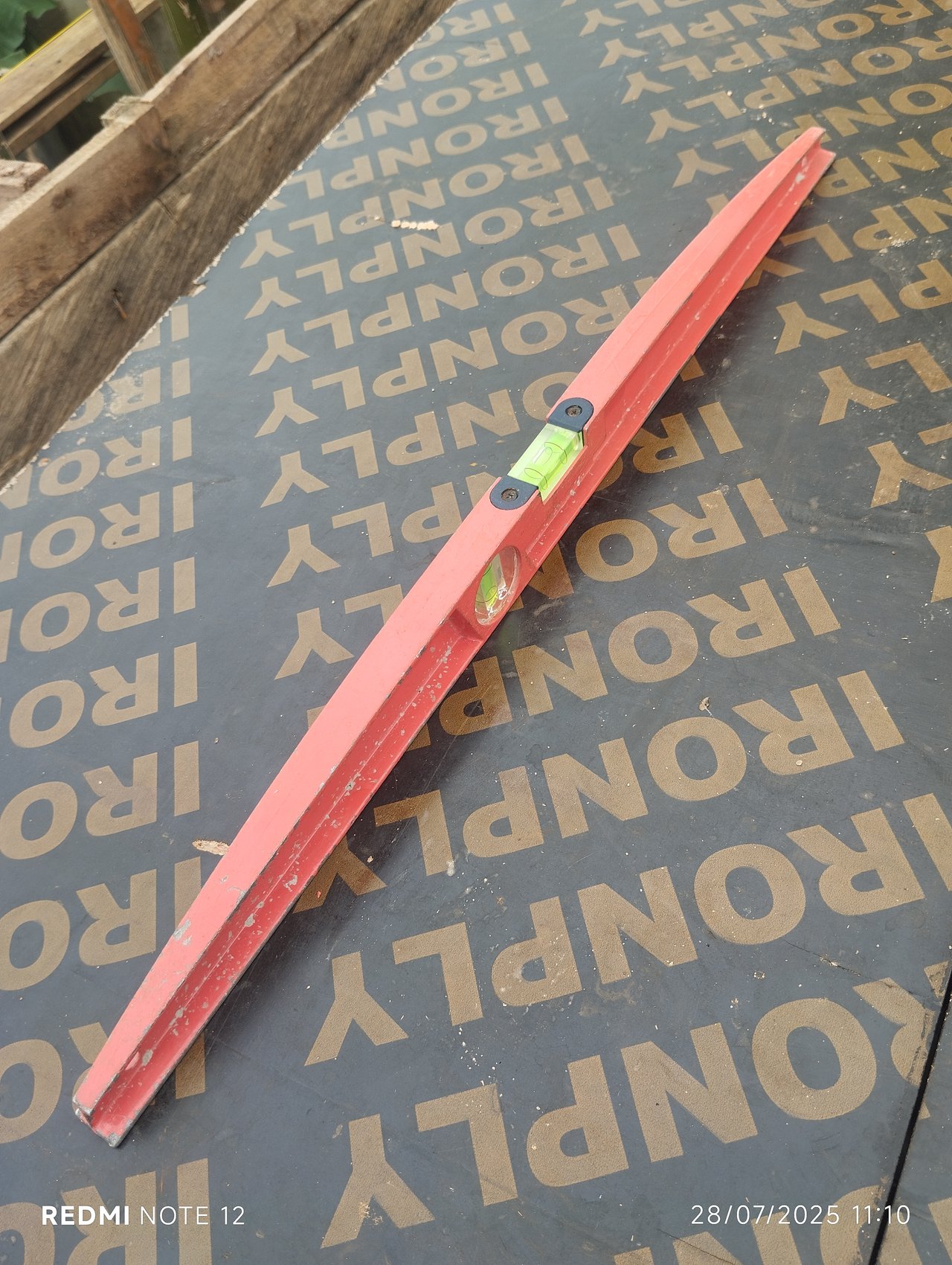

•Hammer; used for driving and pulling of nail from the wood.
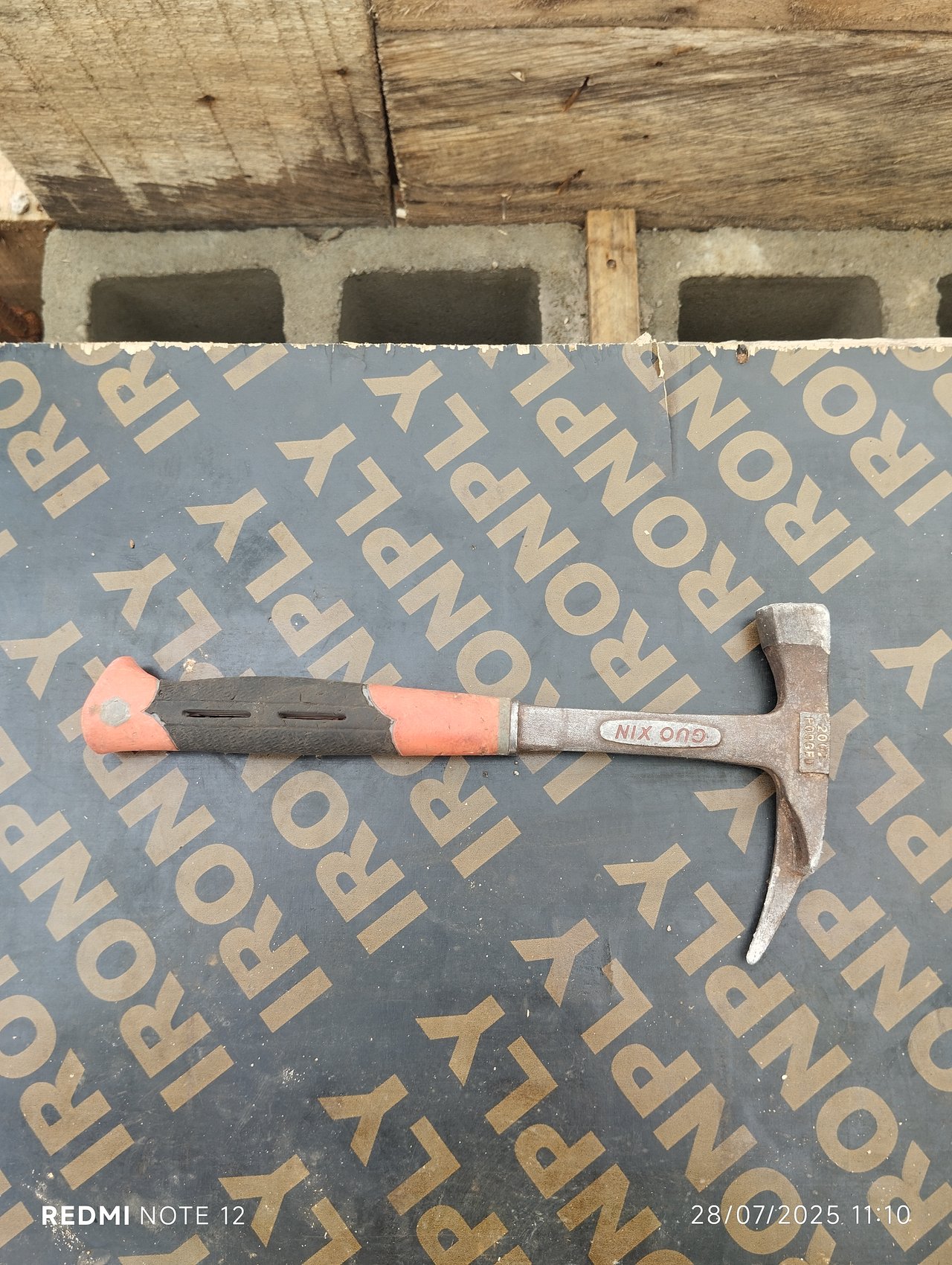
• Bow Saw; for cutting of wood into required dimension.

Safety
Safety is very important in slab formwork because if there is any failure during formwork construction, it can lead to a fatal injury. Therefore i ensured that the workers are properly kitted in their personal protective equipment (PPE)
These includes:
Protective glove

Safty Boot
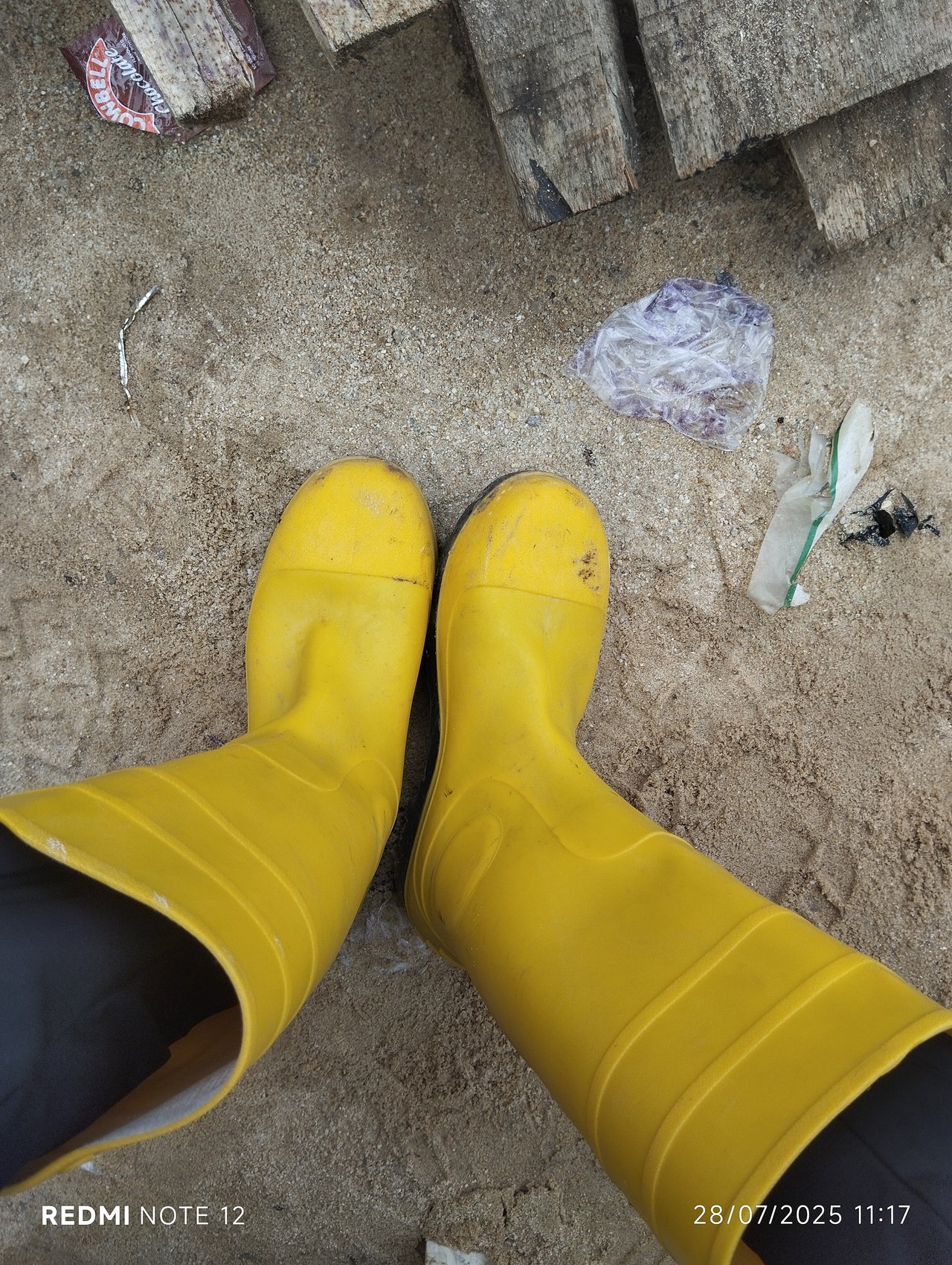
Helmet
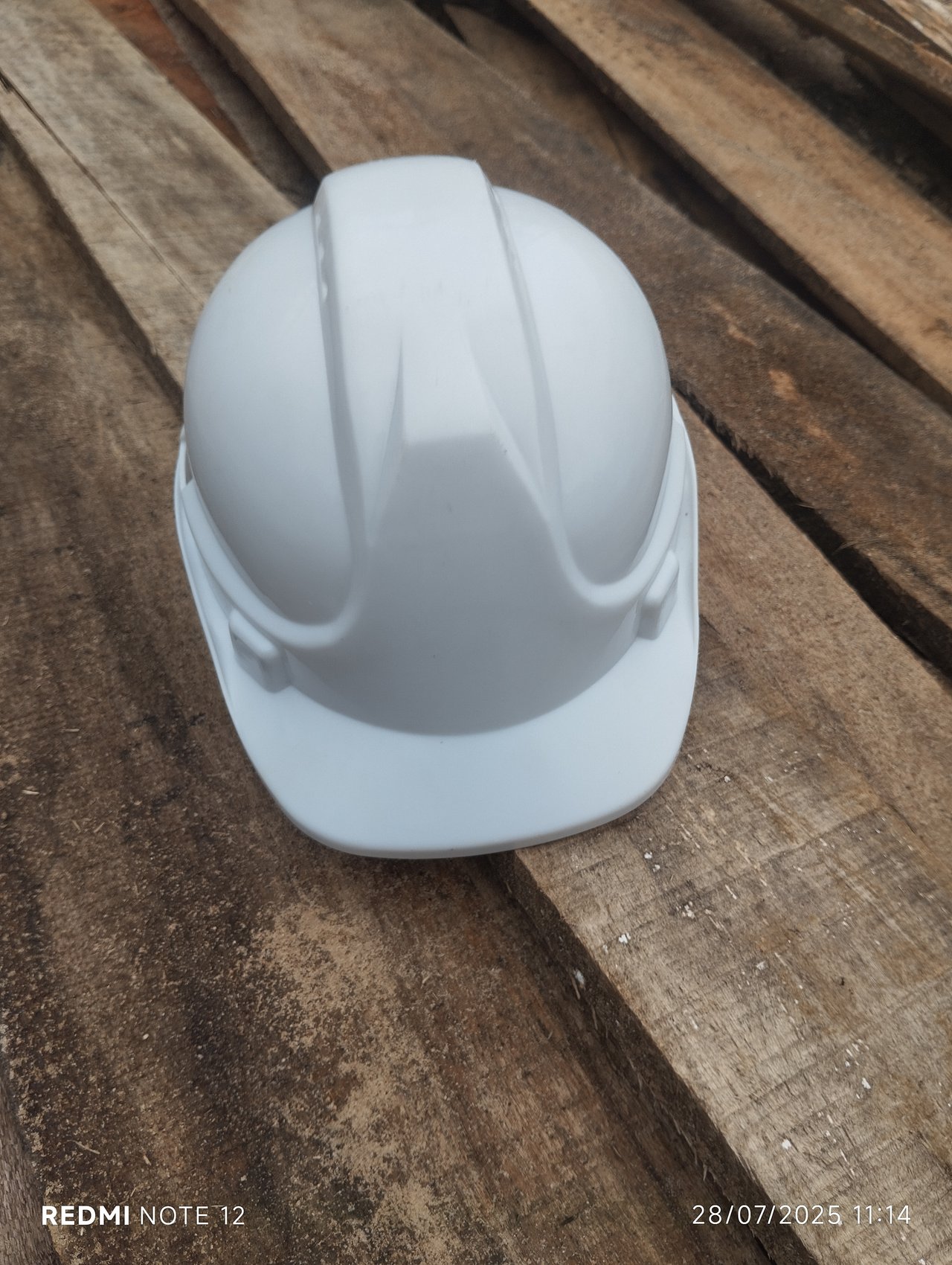
I also ensured that the bamboo used as supports for the cantilever was properly braced at the bottom.
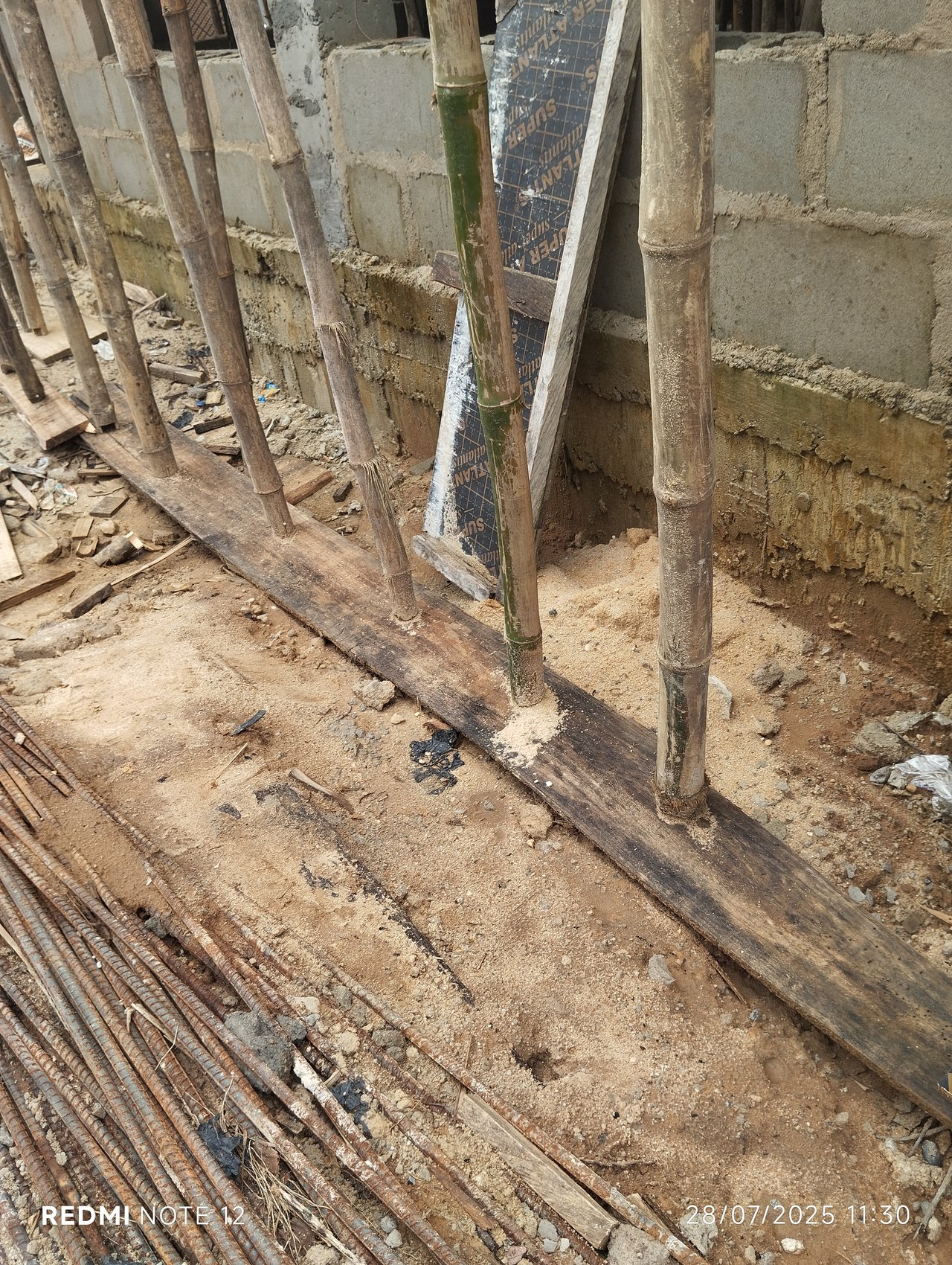
Thanks for reading.
All the pictures were taken my me
Camera: Redmi Note 12 4G, 50MP
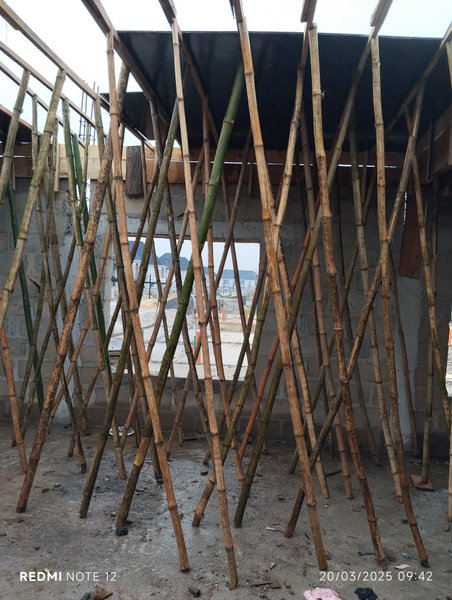
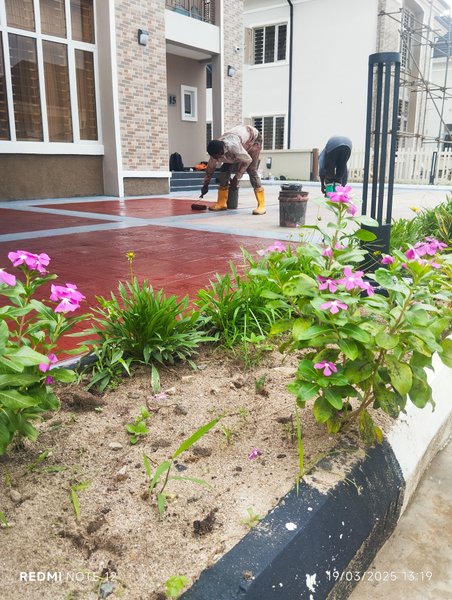

Comments